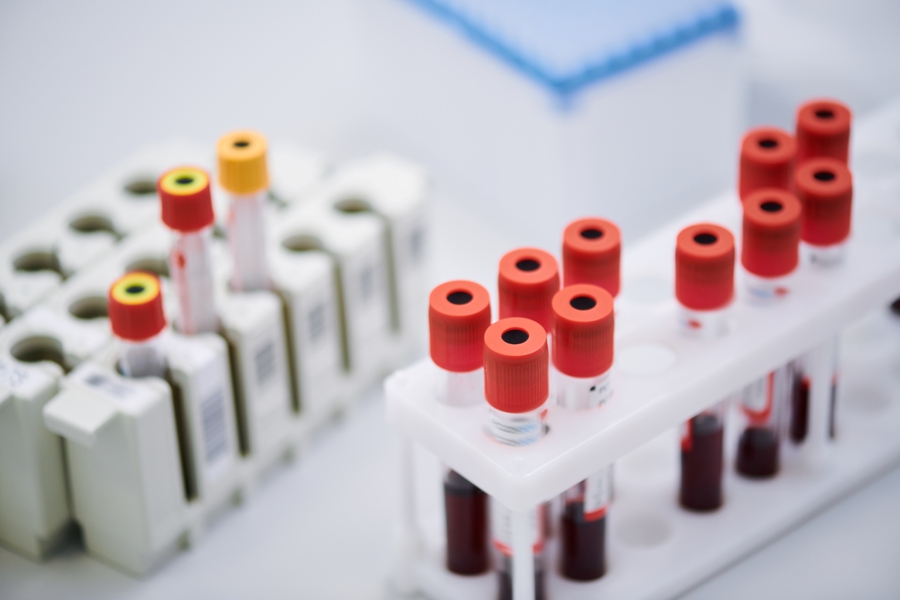C6 peptide test may indicate Borrelia miyamotoi infection

The C6 enzyme immunoassay (EIA) is often used to diagnose Lyme disease. The test is based on the C6 peptide of the Borrelia burgdorferi sl VlsE protein. But a recent study suggests the C6 peptide test may also indicate an infection with Borrelia miyamotoi, another tick-borne disease.
Koetsveld and colleagues examined C6 reactivity in sera from both mice infected with Borrelia miyamotoi and from 46 patients with PCR-positive Borrelia miyamotoi disease (BMD). Their results support the use of the C6 peptide test used for for Lyme disease as an indication of borrelia miyamotoi test
They found, “Cross-reactivity against the C6-peptide was confirmed in 21 out of 24 mice experimentally infected with B. miyamotoi.” And a C6 antibody response was present in 39 of 46 patients. ¹
Interestingly, another recent study “showed that in a set of 43 sera from 24 patients with [Borrelia miyamotoi disease] from the United States the C6 ELISA was also positive in the vast majority (>90%) of convalescent phase serum samples.” ²
Koetsveld warns, however, that since “BMD [Borrelia miyamotoi disease] and Lyme borreliosis are found in the same geographical locations, caution should be used when relying solely on C6-reactivity testing.”
[bctt tweet=”According to a new study, the C6 peptide test used to diagnose Lyme disease may also be helpful in identifying Borrelia miyamotoi. ” username=”DrDanielCameron”]
They recommend further testing if the Western blot is negative.
“We propose that a positive C6 EIA with negative immunoblot, especially in patients with fever several weeks after a tick bite, warrants further testing for B. miyamotoi.”
Testing for the glycerophosphodiester phosphodiesterase (GlpQ) gene may be helpful in detecting B. miyamotoi infection.
“Our results demonstrate that cross-reactive antibodies against the C6 peptide regularly occur in patients with [Borrelia miyamotoi disease],” writes Koetsveld.
He adds, “with as much as 90% (95% CI 68.3–98.8) of patients being C6-reactive in samples taken 10 to 19 days after onset of disease.”
Editor’s note: It is also possible that the patients could have seronegative Lyme disease concurrent with B. miyamotoi. In fact, 10 of their 39 patients were reactive by Western blot for Lyme disease.
Related Articles:
The best antibiotics to treat Borrelia miyamotoi?
References:
- Koetsveld J, Platonov AE, Kuleshov K, et al. Borrelia miyamotoi infection leads to cross-reactive antibodies to the C6 peptide in mice and men. Clin Microbiol Infect. 2019.
- Molloy, P.J., Weeks, K.E., Todd, B., and Wormser, G.P. Seroreactivity to the C6 peptide in Borrelia miyamotoi infections occurring in the northeastern United States. Clin Infect Dis. 2018; 66: 1407–1410




Lois Conger
10/04/2023 (3:15 pm)
My test results showed the C6 peptide. Based on this, one doctor said I have Lyme Disease but another said I may not. Which one is more likely right?
Dr. Daniel Cameron
10/05/2023 (7:33 am)
I have had rely on clinical judgement rather than solely relying on a blood test.